Facing issues logging into Windows 11 using your PIN or Windows Hello can be frustrating. The error code 0x80090027 often prevents users from utilizing these quick sign-in options, forcing them to use their Microsoft Account password instead. This can be inconvenient, especially if you prefer the speed and simplicity of a PIN or biometric authentication. Fortunately, there are several methods to resolve this issue and restore your preferred sign-in option.
1. Reset Your PIN
If you're unable to sign in using your PIN or Windows Hello, resetting your PIN directly from the login screen can often fix the problem.
Step 1: On the login screen, click on the "I forgot my PIN" option. This will open an overlay window prompting you to reset your PIN.
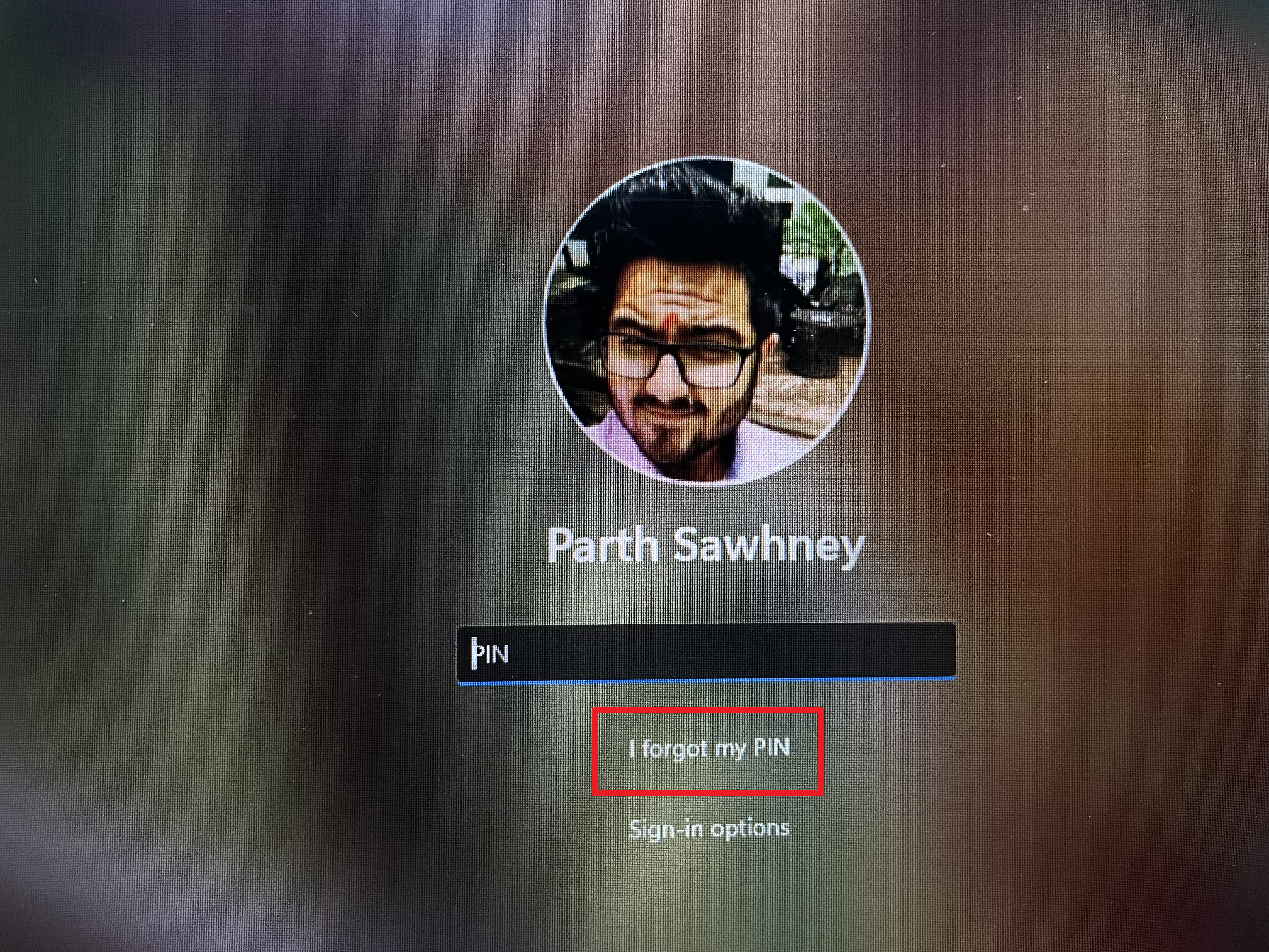
Step 2: Enter your Microsoft Account password to verify your identity.
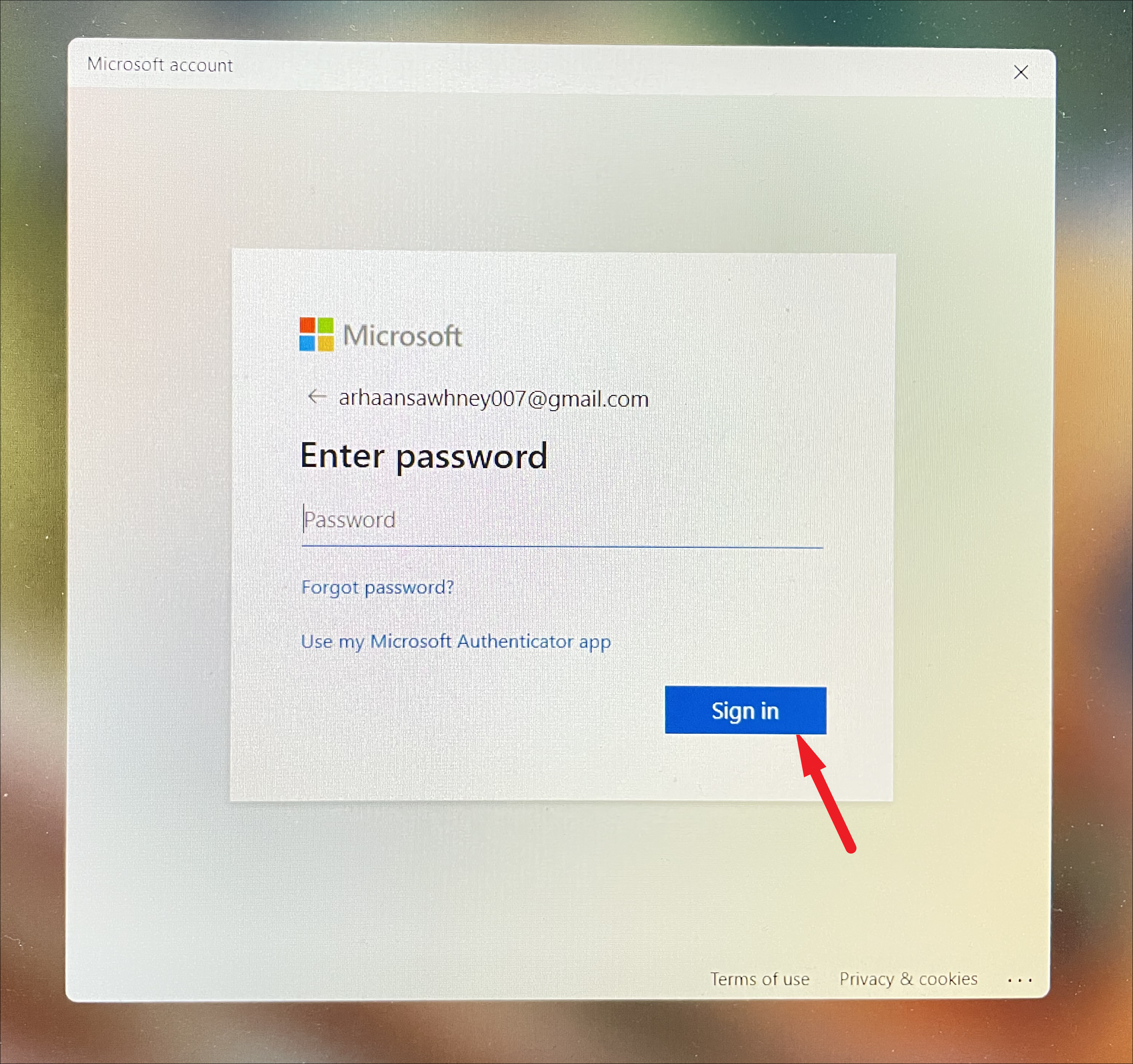
Step 3: If you have two-factor authentication (2FA) enabled, complete the additional verification steps.
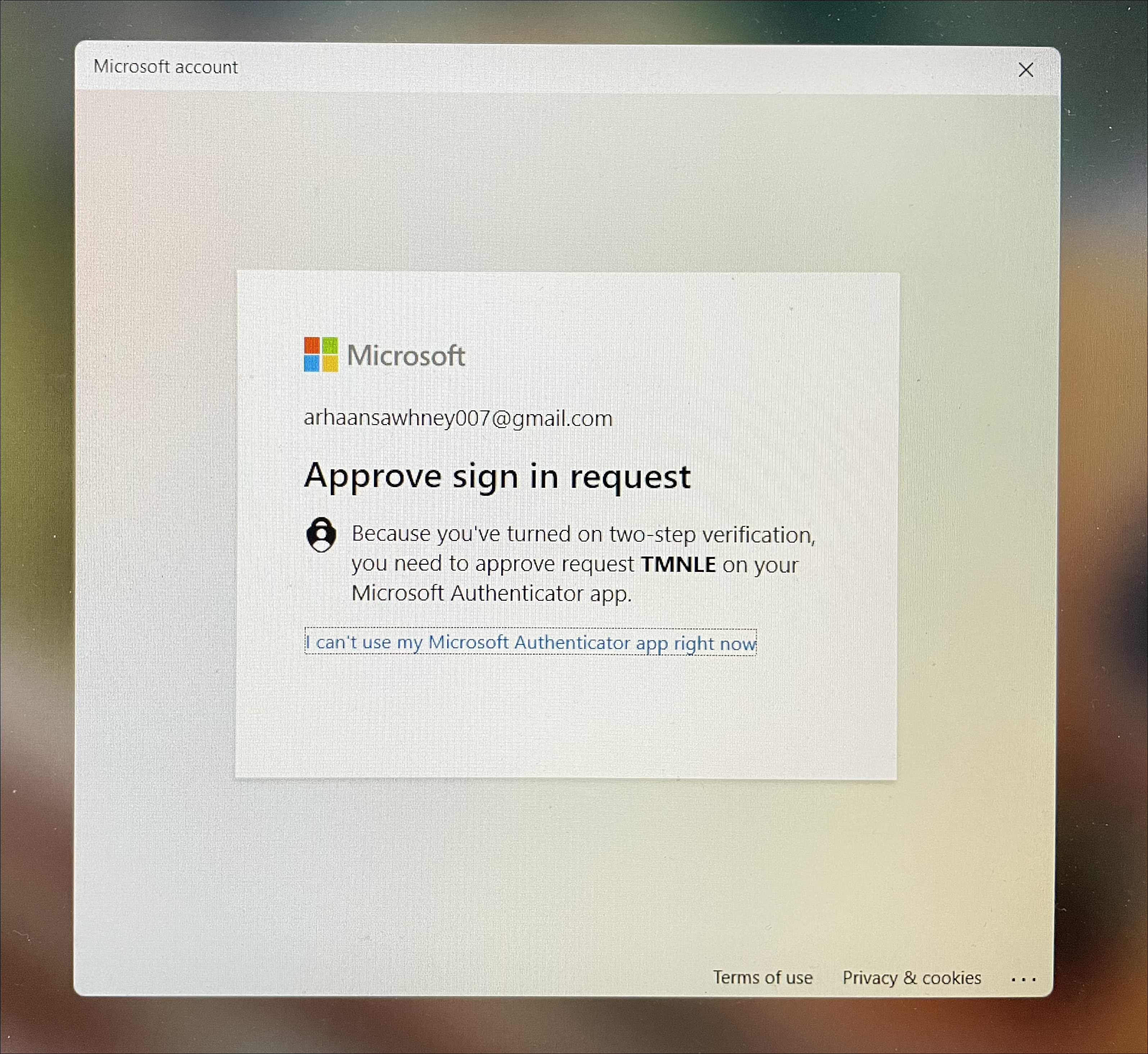
Step 4: Click on the "Continue" button to proceed.

Step 5: Enter a new PIN in the provided fields and click "OK" to confirm. Once the PIN is reset, you will be signed in to your account.
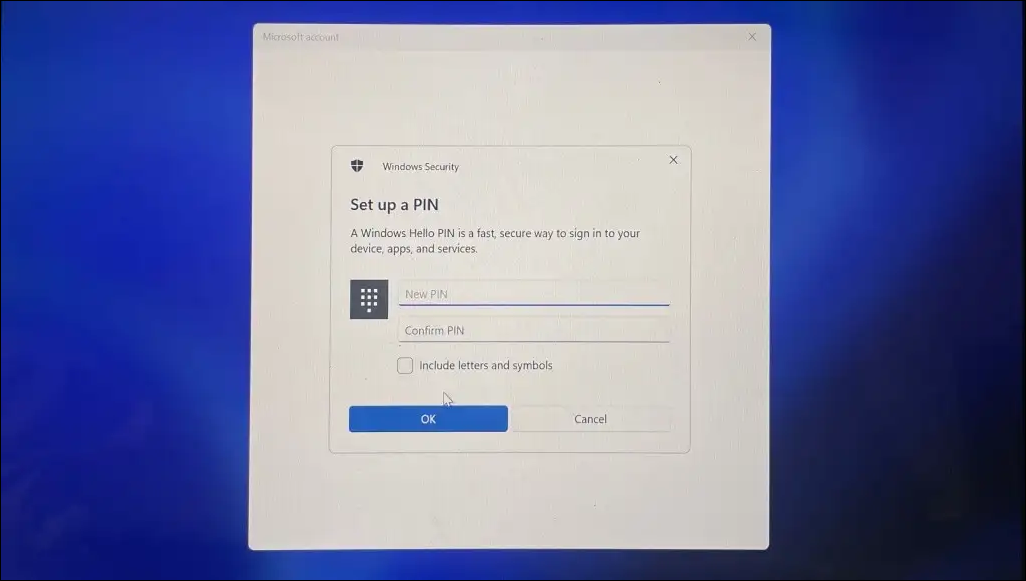
2. Delete Your PIN
If resetting the PIN didn't resolve the issue, manually deleting your PIN and then setting it up again may help.
Step 1: Open File Explorer by double-clicking "This PC" or pressing Windows+E on your keyboard.

Step 2: In the address bar, type or paste the following path and press Enter:
C:\Windows\ServiceProfiles\LocalService\AppData\Local\Microsoft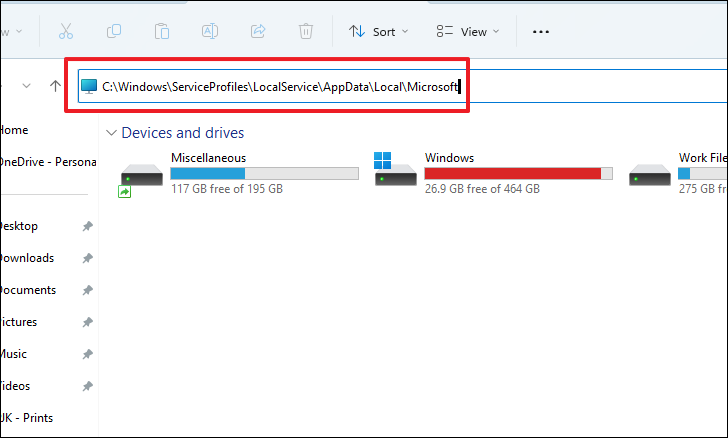
Note: If you cannot see the AppData folder, you may need to enable hidden files. Click on the "View" tab in the ribbon, hover over "Show", and select "Hidden items".
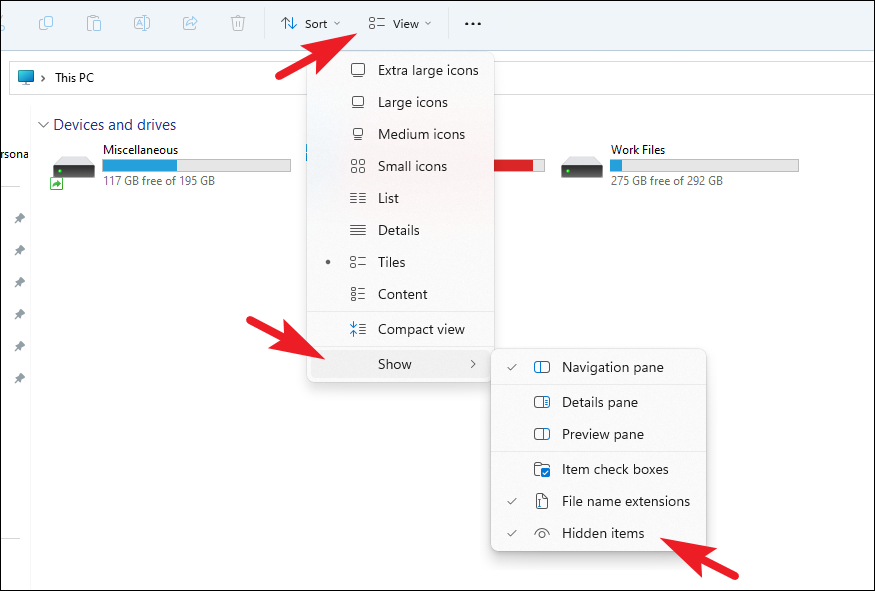
Step 3: Locate the "Ngc" folder and double-click on it. If prompted for permissions, click "Continue".
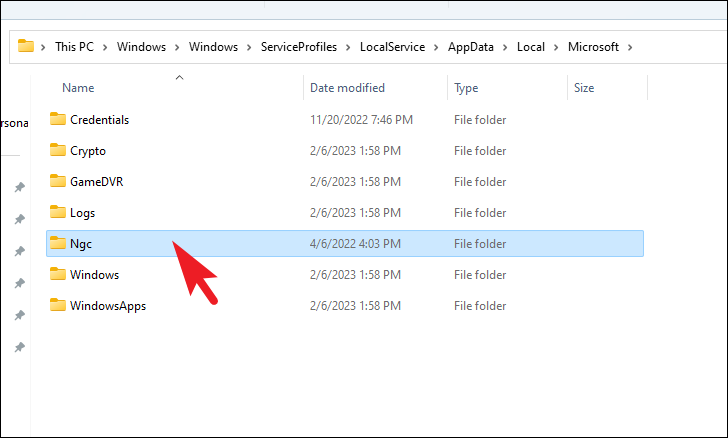
Step 4: If you receive a permission denied message, click on the "Security" tab in the alert.
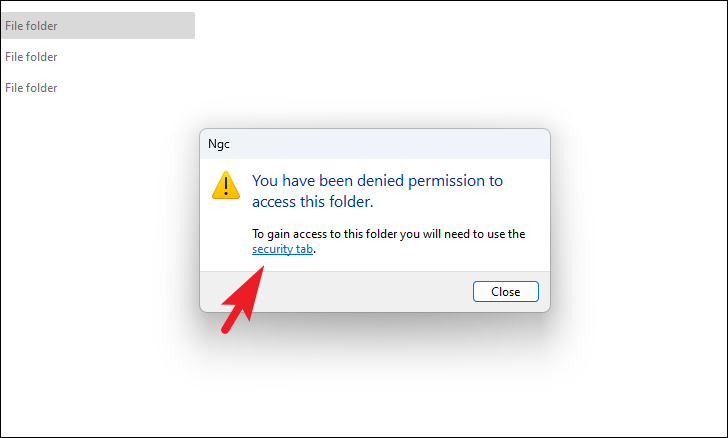
Step 5: In the "Ngc Properties" window, click on the "Advanced" button under the "Security" tab.

Step 6: Click on "Change" next to the owner.

Step 7: In the "Select User or Group" window, click "Advanced".
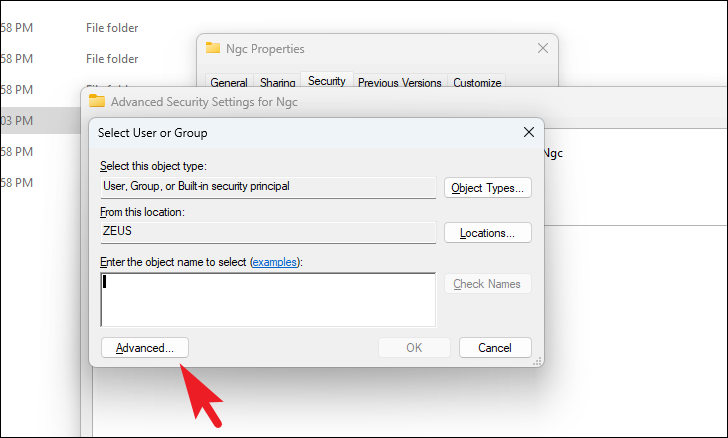
Step 8: Click "Find Now", select your user account from the list, and click "OK".
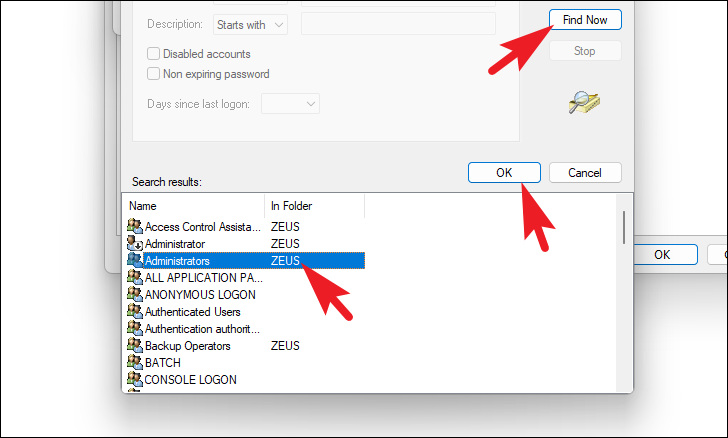
Step 9: Click "OK" to confirm the new owner.
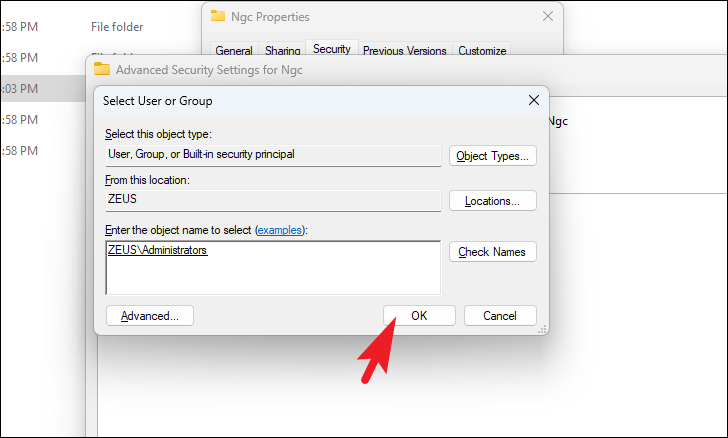
Step 10: Back in the "Advanced Security Settings" window, click "Apply" and then "OK". If an alert appears, click "OK".

Step 11: Reopen the "Advanced Security Settings" for the "Ngc" folder, and click "Enable inheritance", then click "Apply". If prompted, click "Yes".
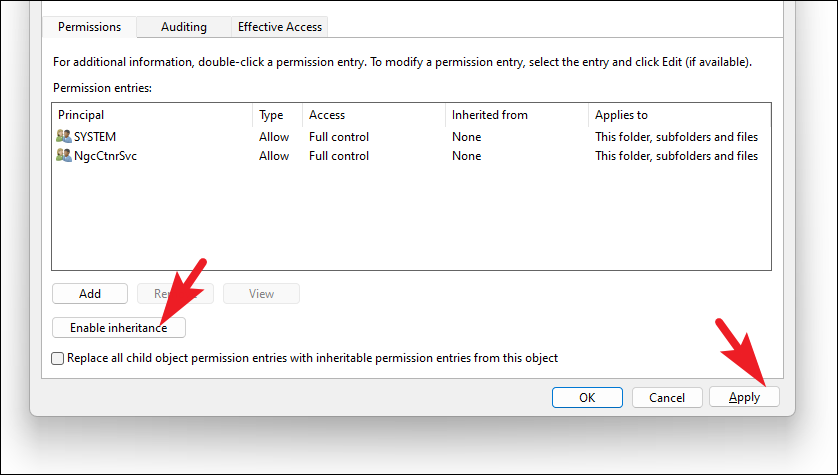
Step 12: Now, you should have access to the "Ngc" folder. Open it, select all contents, and delete them.
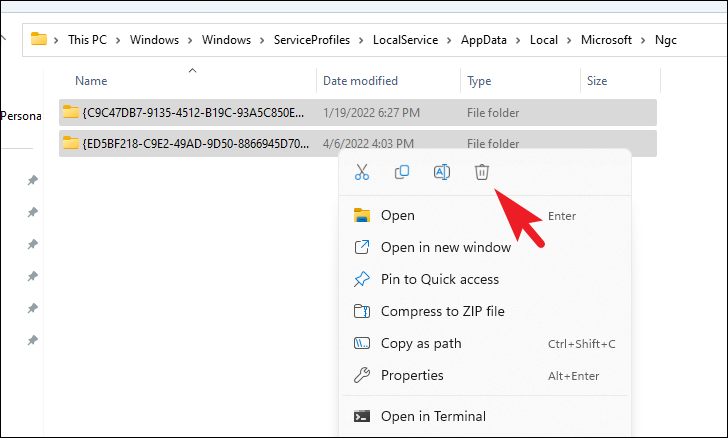
Step 13: Restart your computer.
Step 14: After restarting, go to Settings by clicking on the "Settings" icon in the Start Menu.

Step 15: In Settings, select the "Accounts" tab from the left sidebar.
Step 16: Click on the "Sign-in options" tile.

Step 17: Under the "PIN" section, click on "Set up" to create a new PIN for your account.
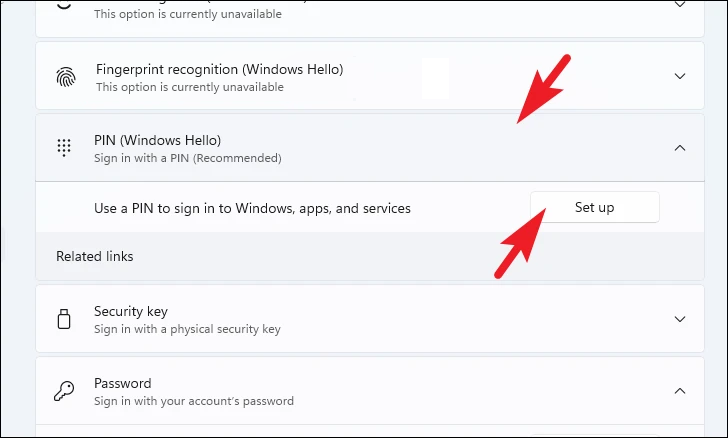
3. Enable Trusted Platform Module (TPM)
The Trusted Platform Module (TPM) is essential for Windows Hello to function properly. If it's disabled, re-enabling it might resolve the error.
Step 1: Open Settings by clicking on the "Settings" icon in the Start Menu.
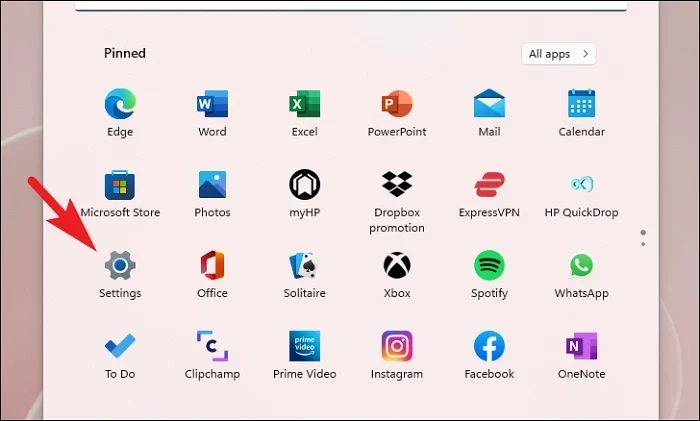
Step 2: In Settings, ensure you are on the "System" tab.
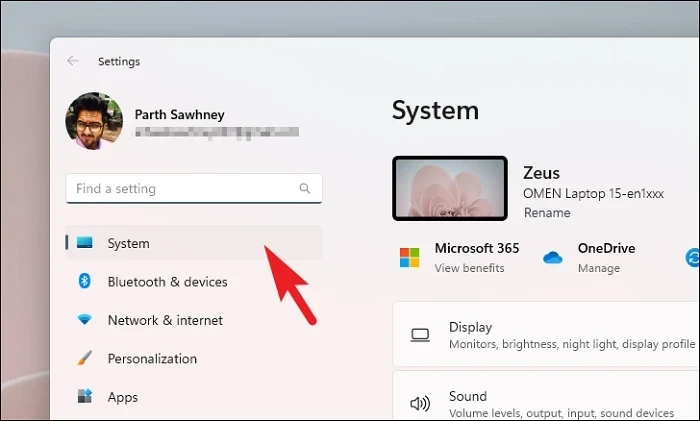
Step 3: Scroll down and click on the "Recovery" option.

Step 4: Under "Advanced startup", click on "Restart now". A prompt will appear.
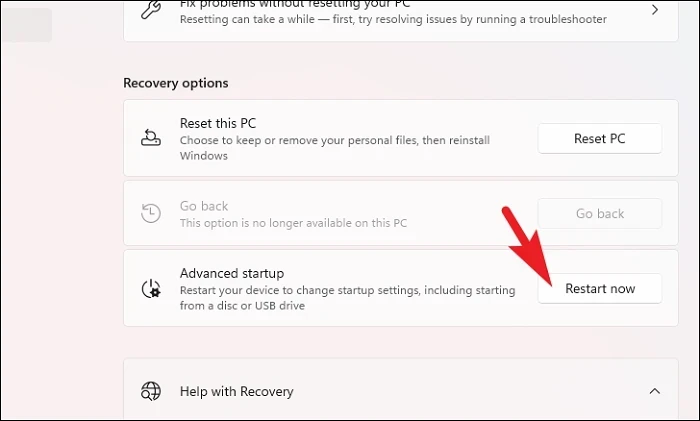
Step 5: Click "Restart now" to confirm and restart your PC into the Advanced Startup menu.
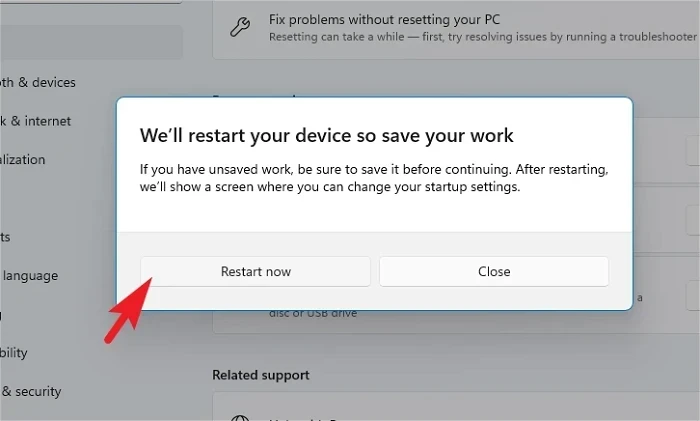
Step 6: After restarting, click on "Troubleshoot".
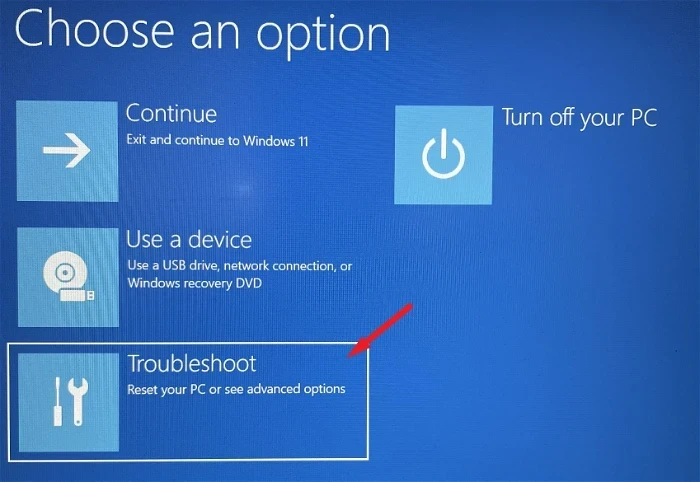
Step 7: Click on "Advanced options".
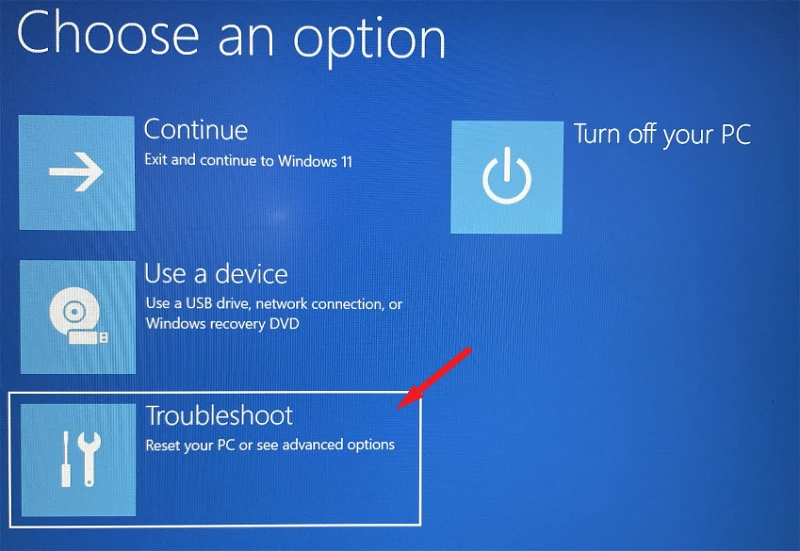
Step 8: Select "UEFI Firmware Settings". Your PC will restart again.

Note: The BIOS interface varies by manufacturer, so menu names may differ.
Step 9: On restart, you will enter the BIOS setup. Navigate to the "Security" tab.
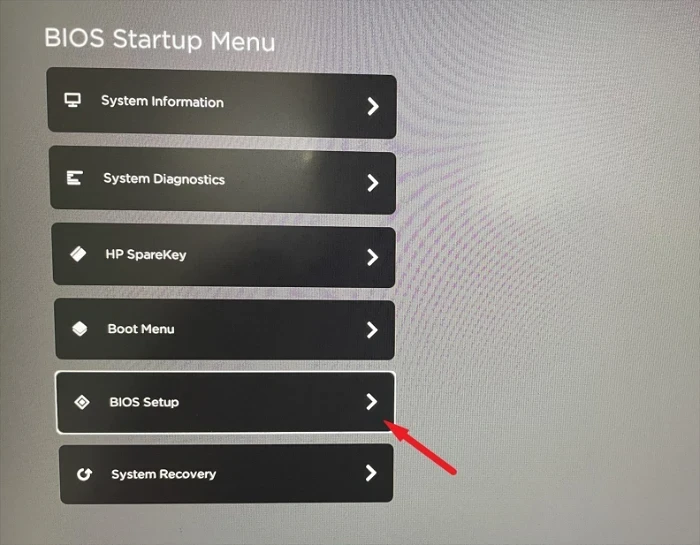
Step 10: Locate the "TPM" or "Trusted Platform Module" option and ensure it is enabled. If it's disabled, enable it.
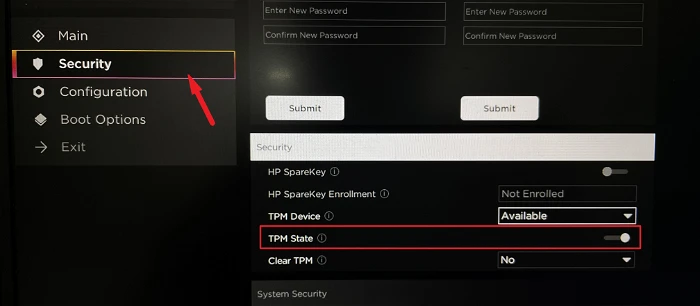
Step 11: Save changes and exit the BIOS. Select "Save Changes and Exit" and confirm by clicking "Yes". Your PC will restart.

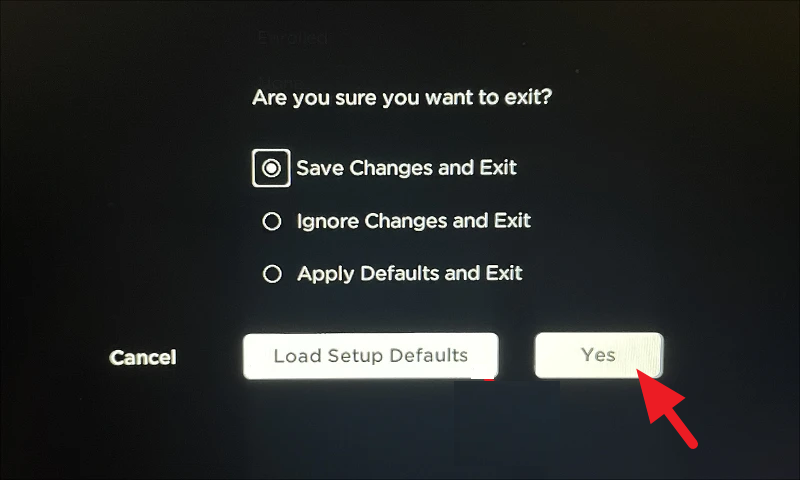
4. Clean Boot Your Computer
If you've recently installed a third-party application or service that might be interfering with Windows Hello, performing a clean boot can help identify and resolve the conflict.
Step 1: Press Windows+R to open the Run dialog. Type msconfig and press Enter to open the System Configuration window.

Step 2: In the System Configuration window, under the "General" tab, select "Selective startup". Check "Load system services" and uncheck the other options.
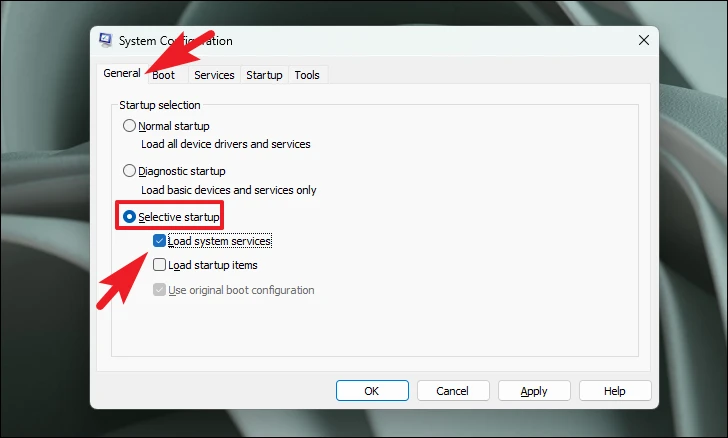
Step 3: Navigate to the "Services" tab. Check the box for "Hide all Microsoft services" to prevent disabling essential services. Then click on "Disable all" to disable all remaining services.
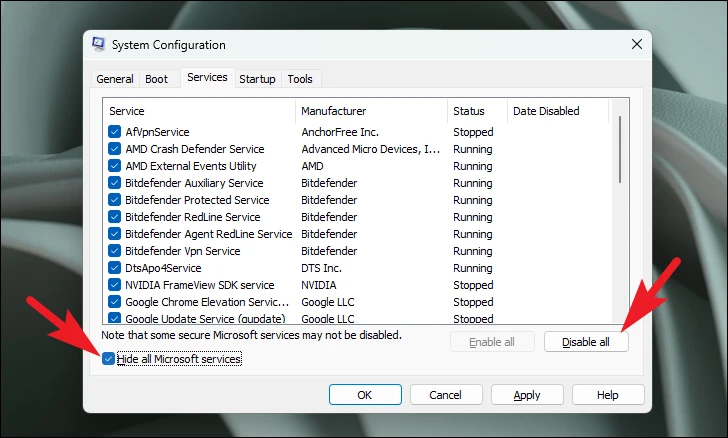
Step 4: Click "Apply" and then "OK" to save the changes.
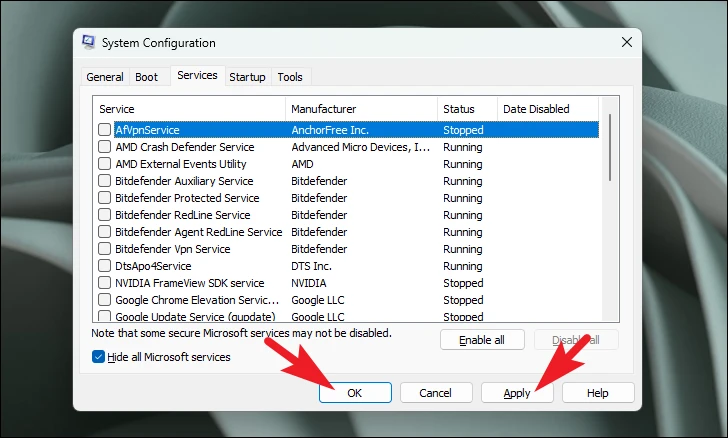
Step 5: Restart your computer. After rebooting, check if you can log in using your PIN or Windows Hello. If successful, a third-party service was likely causing the issue. Consider uninstalling any recently added applications or services.
5. Perform a System Restore
If the problem started recently and you have a system restore point from before the issue occurred, you can revert your system to that state.
Step 1: Open the Start Menu and search for "Control Panel". Click on the "Control Panel" app in the search results.
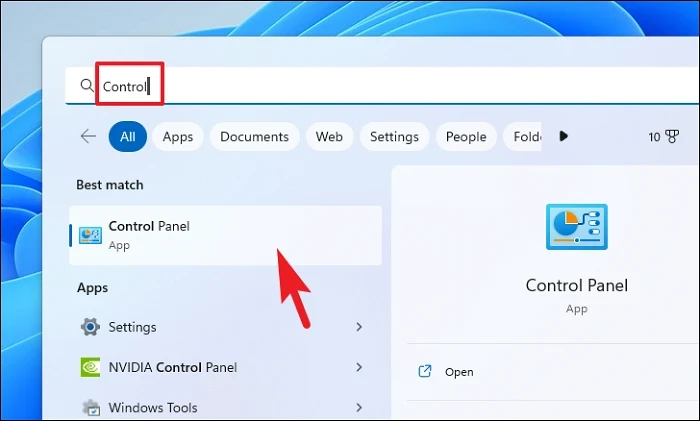
Step 2: In Control Panel, locate and click on "Recovery".

Step 3: Click on "Open System Restore". A new window will appear.
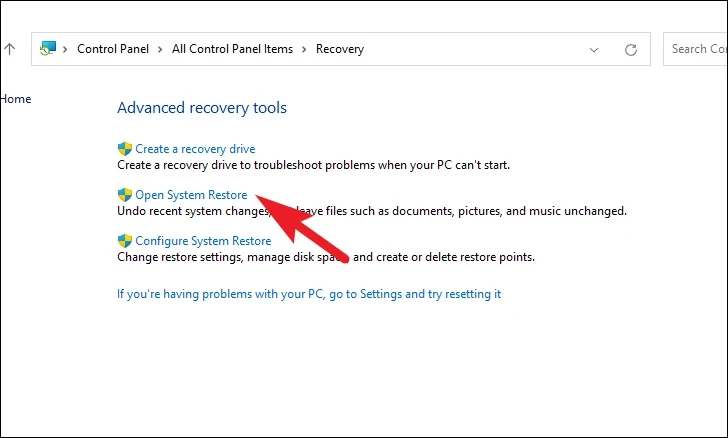
Step 4: Click "Next" to proceed.
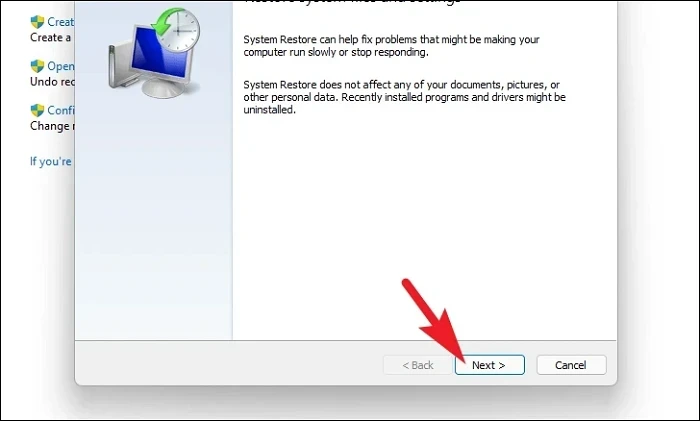
Step 5: Select a restore point from before the issue began and click "Next".

Step 6: You can click "Scan for affected programs" to see which applications will be removed or changed. After reviewing, click "Close" and then "Next".
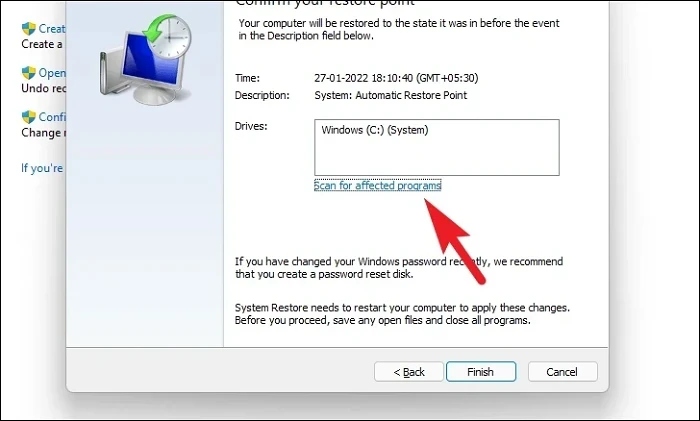
Step 7: Click "Finish" to start the system restore process. Your computer will restart, and the system will be restored to the selected point.
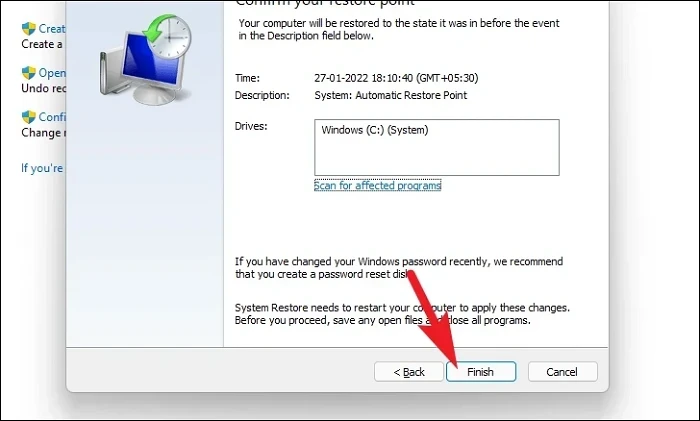
6. Reset Your PC
If none of the above methods work, resetting your PC may be the last resort. You can choose to keep your personal files while resetting the system to its default state. Note that installed applications will be removed, and settings will return to their defaults.
Step 1: Open Settings by clicking on the "Settings" icon in the Start Menu.
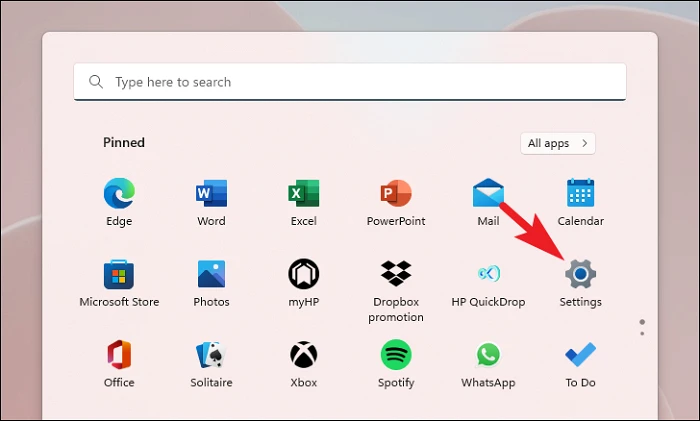
Step 2: In Settings, ensure you are on the "System" tab.
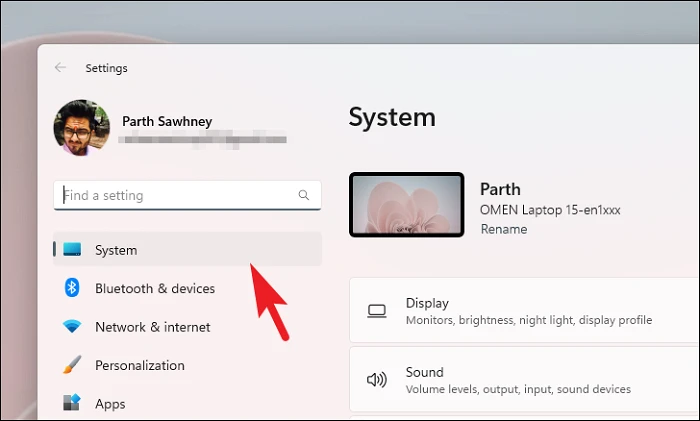
Step 3: Scroll down and click on "Recovery".
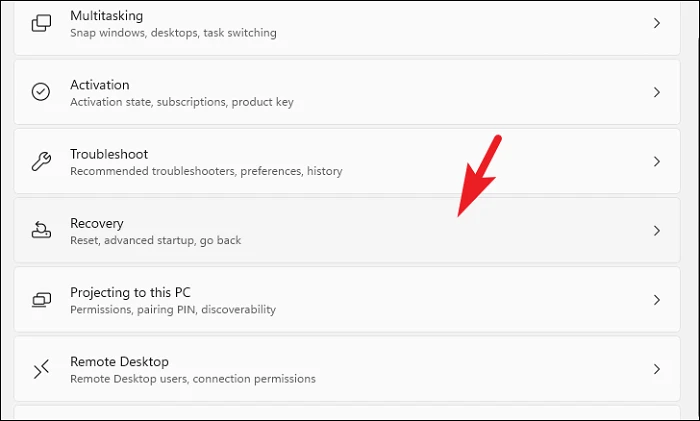
Step 4: Under "Reset this PC", click on "Reset PC". A new window will open.
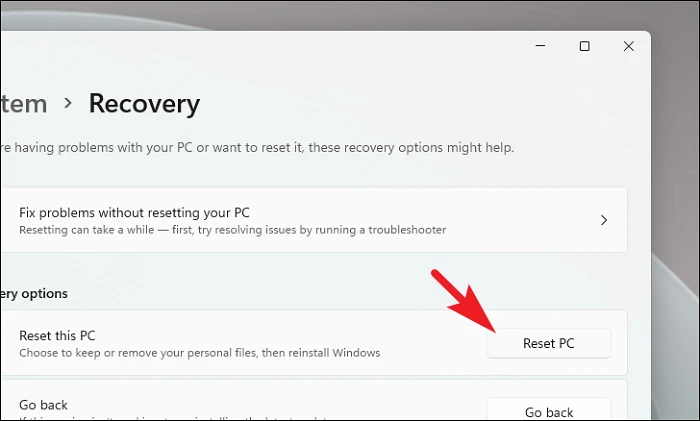
Step 5: Choose "Keep my files" to retain your personal data. If you want a completely fresh start, select "Remove everything".

Step 6: Select "Cloud download" to reinstall Windows from the cloud. This option requires an internet connection and will download about 4 GB of data.
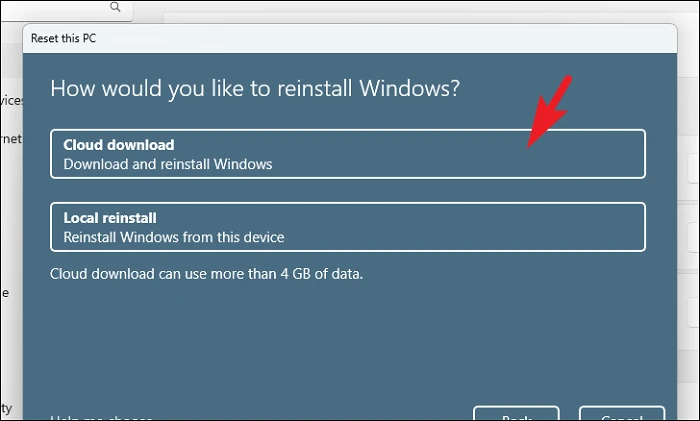
Note: If you prefer, you can choose "Local reinstall", but this may not resolve issues caused by corrupted system files.
Step 7: Review the settings. If you want to change anything, click on "Change settings". Otherwise, click "Next".
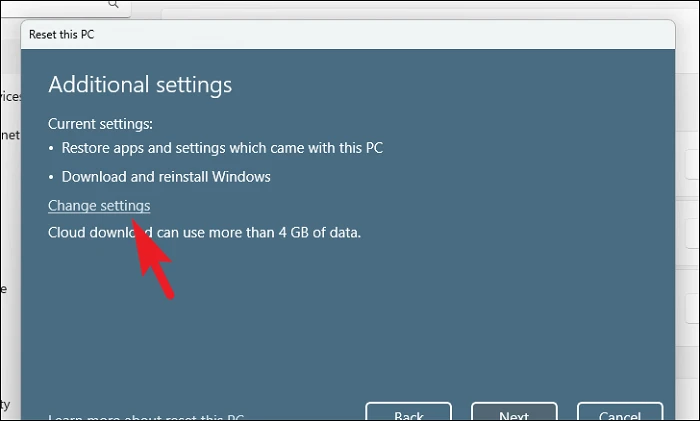
Step 8: Read the warnings carefully. Click "Next" if prompted about recent updates or inability to roll back.
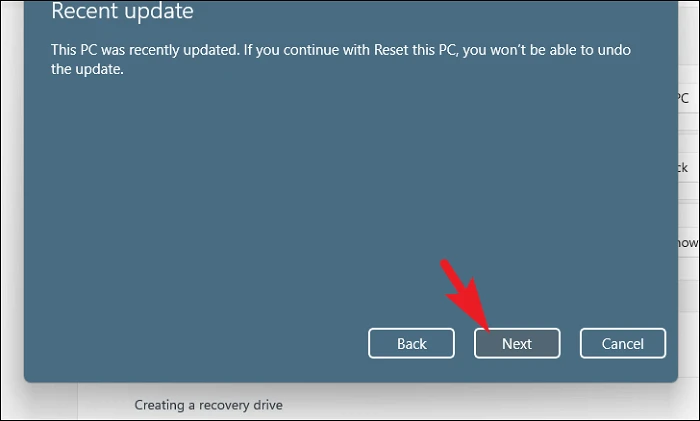
Step 9: Finally, click "Reset" to begin the process. Your PC will restart and begin resetting Windows. This may take some time, and your computer may restart multiple times.
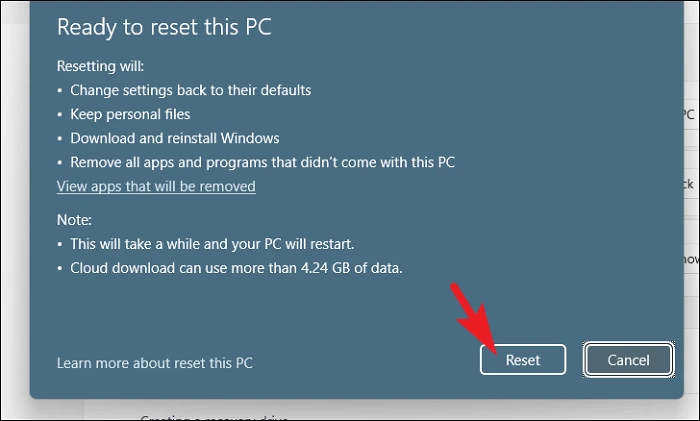
Encountering error code 0x80090027 can disrupt your workflow, but following these steps should help you restore your preferred sign-in methods on Windows 11.






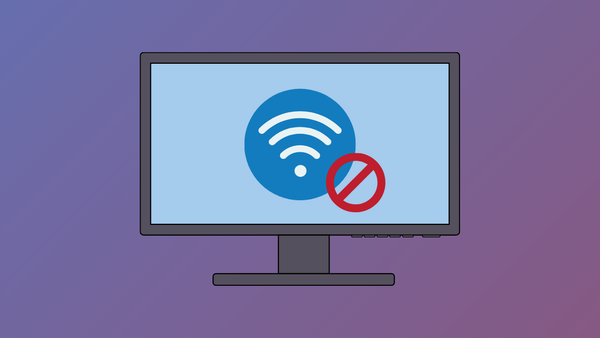

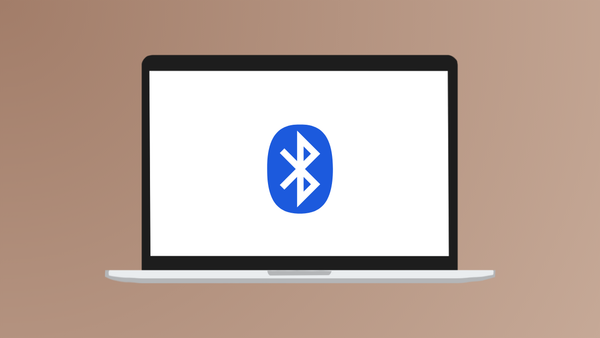

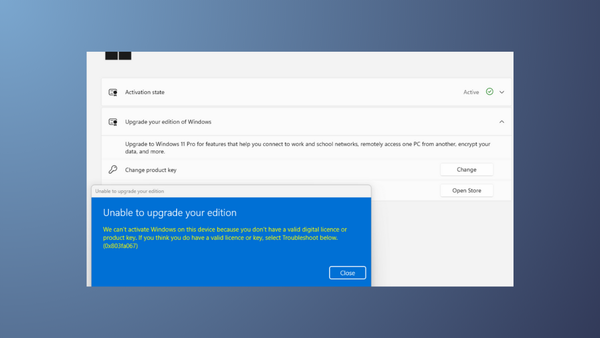
Member discussion